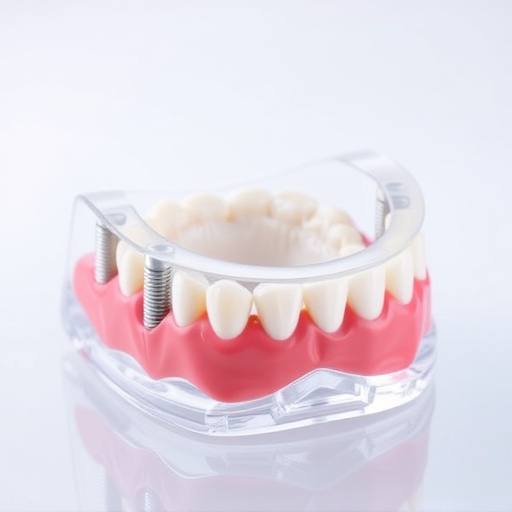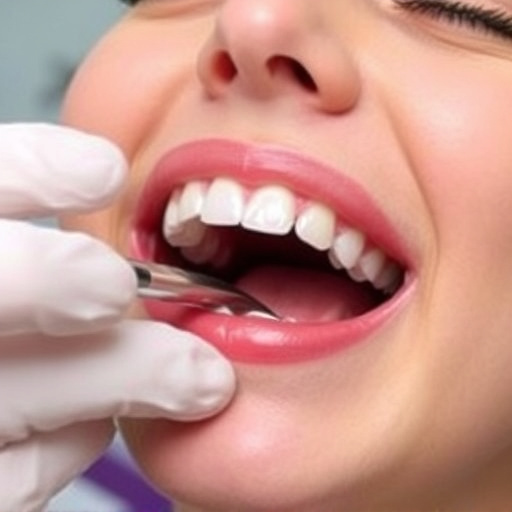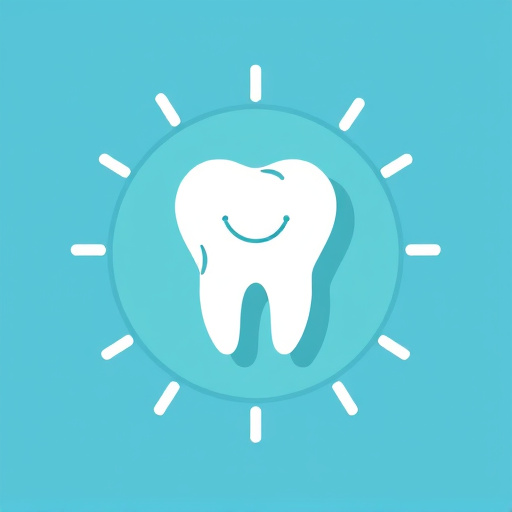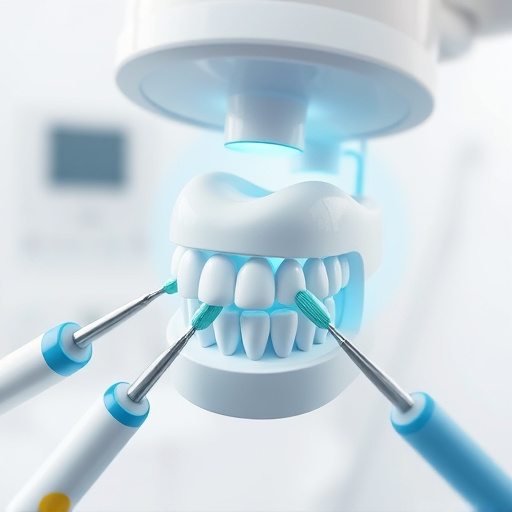Dental sealants for teeth are protective coatings that seal off pits and fissures in molars and premolars, preventing plaque bacteria and food debris from causing cavities. Typically applied during early adulthood, these clear or white materials offer long-lasting protection that can endure for several years. They are an effective, comprehensive solution for tooth decay prevention, especially for children with poor oral hygiene habits or weaker enamel. Regular oral hygiene, bi-annual dental check-ups, and avoiding hard or sticky foods are crucial to maintain the integrity of sealants, contributing to long-term oral health.
Dental sealants for teeth are an effective, long-lasting solution for preventing tooth decay. This article explores how these protective coatings work and the significant benefits they offer in safeguarding your oral health over time. From understanding the application process to maintaining their effectiveness, discover why dental sealants are a smart choice for strong, healthy teeth. Learn about the science behind this preventive measure and its role in reducing the risk of cavities.
- Understanding Dental Sealants: What They Are and How They Work
- The Benefits of Long-Term Protection with Dental Sealants
- Maintaining Sealant Effectiveness: Tips for Optimal Protection
Understanding Dental Sealants: What They Are and How They Work
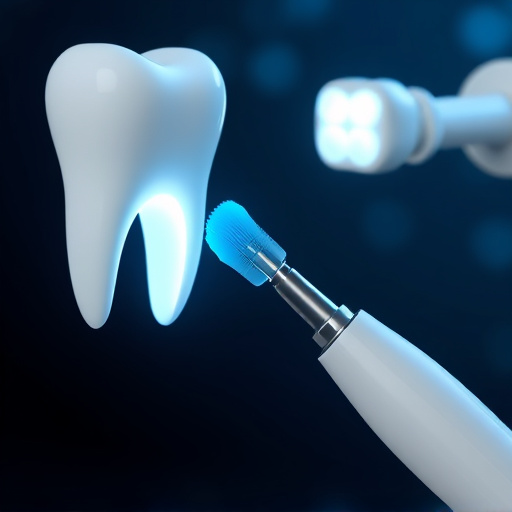
Dental sealants for teeth are protective coatings applied to tooth surfaces, particularly the molars and premolars, where decay-prone areas like pits and fissures are located. They act as a physical barrier against plaque bacteria and food debris, preventing them from penetrating into the tooth’s enamel and causing cavities. Comprising clear or white materials, these sealants adhere tightly to the teeth, offering long-lasting protection that can endure for several years.
In children’s dentistry, dental sealants are often applied as a preventive measure during early adulthood when permanent teeth first emerge. This is because the enamel on these newly formed teeth might still be developing its strength and durability. By sealing off vulnerable areas, dental bonding techniques similar to sealants can also restore damaged tooth surfaces or act as an alternative to dental crowns in certain cases. Over time, sealants may need reapplication to maintain their effectiveness, ensuring continued protection against tooth decay.
The Benefits of Long-Term Protection with Dental Sealants
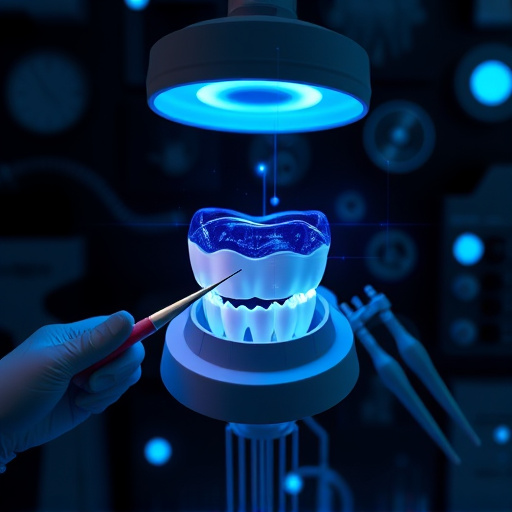
Dental sealants for teeth offer significant long-term protection, acting as a protective barrier against decay-causing bacteria and food particles. This is particularly beneficial for children and teenagers who are more susceptible to tooth decay, often due to poor oral hygiene habits or inherent enamel weaknesses. By applying these thin, durable coatings to the chewing surfaces of back teeth, dentists can prevent cavities from forming in areas that are hard to reach with a toothbrush.
Compared to other treatments like dental implants or clear aligners, which address specific issues, sealants provide proactive protection across the entire tooth surface. This means less chance of future complications like tooth sensitivity or misalignment due to decay. Even as permanent teeth come in and wisdom tooth removal becomes necessary, sealants continue to protect adjacent teeth from cavities, contributing to long-lasting oral health.
Maintaining Sealant Effectiveness: Tips for Optimal Protection
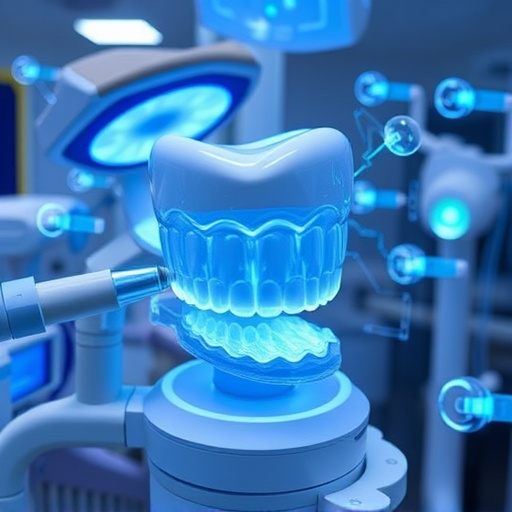
To maintain the effectiveness of dental sealants for teeth and ensure optimal protection, several tips can be followed. Regular oral hygiene practices are paramount; brushing twice daily with fluoride toothpaste and flossing once a day help remove plaque buildup, which can weaken the sealant’s bond. Additionally, scheduling routine check-ups with your family dentistry provider every six months allows for early detection of any issues and ensures the sealant remains intact.
Avoiding hard or sticky foods that could potentially damage the sealants is also crucial. While dental implants and general dentistry solutions are important for various oral health concerns, maintaining sealants requires focused care on preventing decay and wear. Using a soft-bristled toothbrush and avoiding aggressive brushing techniques can further preserve the sealant’s integrity, contributing to long-term oral health and the overall effectiveness of dental sealants for teeth.
Dental sealants for teeth represent a powerful tool in oral healthcare, offering long-term protection against tooth decay and damage. By understanding how these protective coatings work and implementing proper maintenance, individuals can enjoy healthier smiles for years to come. This article has explored the benefits of dental sealants, from their ability to shield teeth from bacteria and plaque to their role in simplifying at-home care routines. With the right upkeep, these sealants can withstand the test of time, making them a valuable investment in your oral health journey.








